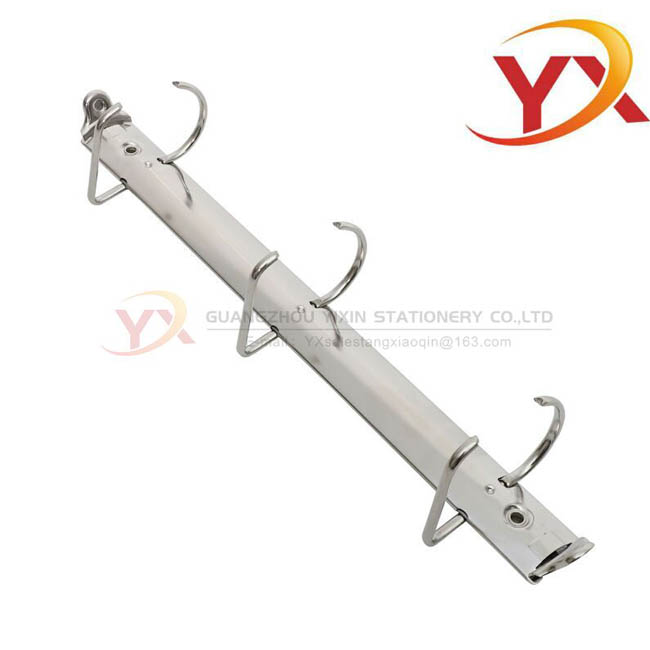Are D Ring Binders Better?
I always go with D ring view binders for my special projects. They are durable, hold more pages, and have the professional look I want to project. However, if budget is crucial for you, and saving money is what’s most important, go with standard round rings in the view binder format.
One of the most frequent questions I get regarding office supplies is how do you know what size binder you should buy when doing a large project.
If the stack of paper I need to put in the binder is 1 inch thick, will a 1binder work? This article takes the confusion out of knowing what binder size you need for that big project.
Before delving in to the right Welded Wire Meshsize for your next big project, let’s talk about binder basics.
First, in almost all cases you should purchase view binders if you are doing any kind of presentation. View binders allow you to insert a customized page in the front and back of the binder, and even insert a customized printed spine to give your binder a professional look. A secret most people don’t know – even though view binders cost more for manufacturers to produce, they are typically priced less than standard binders at most office supply stores, because this is where all the volume is.
Second, you need to pick the right ring style for your binder. Standard rings are called “round ringsâ€, which are round shaped rings like in the binders most of us used in grade school. “D-rings†are the other common style, and are shaped more like an inverted “Dâ€. They are typically used on higher quality office binders, and preferred for larger projects because they hold about 30% more sheets of paper, and are more durable than round rings.

I always go with D ring view binders for my special projects. They are durable, hold more pages, and have the professional look I want to project. However, if budget is crucial for you, and saving money is what’s most important, go with standard round rings in the view binder format.
So remember this: 1) There are D-ring binders and there are round ring binders, and 2) D-ring binders hold 30% more sheets than round ring.
Now, all you need to know is how many sheets each ring size holds, and you can select the right binder every time. For simplicity, here are the maximum sheet capacities for D-ring view binders. Subtract 30% to get to the size needed for round rings. Keep in mind, these pages are based on standard 20 lb. copy paper, so if you are using heavyweight paper like 24 lb., you will need to adjust your paper capacity downward about 20%.:
1/2 Inch Ring – Up to 100 sheets (small presentations)
1 Inch Ring – Up to 250 pages (average presentations)
1-1/2 Inch Ring – Up to 375 pages (average presentations)
2 Inch Ring – Up to 480 pages (large presentations – most popular size)
3 Inch Ring – Up to 600 pages (manuals and catalogs)
4 Inch Ring – Up to 750 pages (manuals and reference)
5 Inch Ring – Up to 950 pages (manuals and reference)
Hopefully this takes a little of the confusion out of finding the right binder. Remember, don’t measure the spine, don’t measure the rings, and certainly don’t just guess. The key is determining how many sheets are going in the binder, and selecting the right size for you.